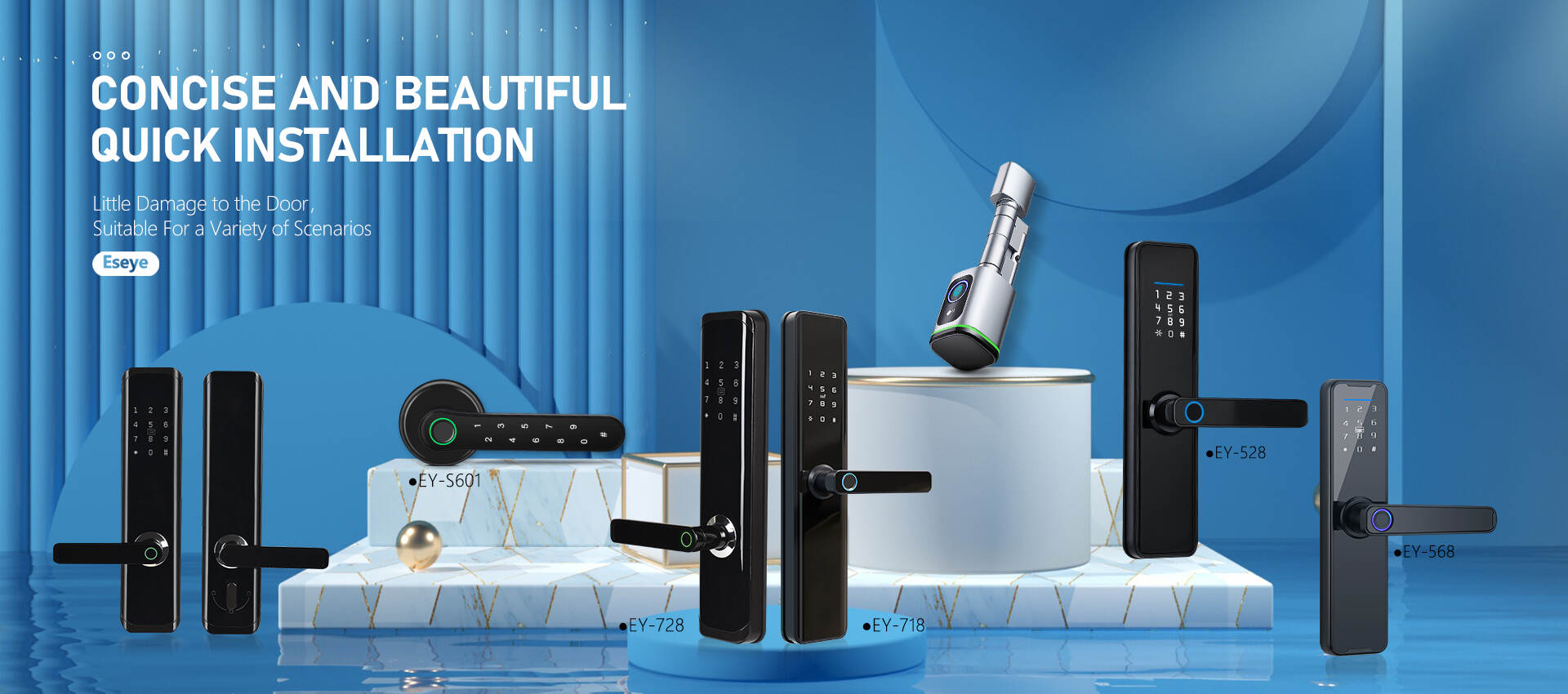Email cannot be empty
Password cannot be empty
Email format error
Email cannot be empty
Email already exists
6-20 characters(letters plus numbers only)
The password is inconsistent
Email format error
Email cannot be empty
Email does not exist
6-20 characters(letters plus numbers only)
The password is inconsistent


Understanding the Technology Behind Electronic Deadbolt Automatic Locks
Introduction
In the realm of home security, electronic deadbolt automatic locks have emerged as a popular choice for homeowners seeking advanced access control and convenience. These innovative locks combine electronic technology with traditional deadbolt mechanisms to provide enhanced security features. In this blog post, we will delve into the technology behind electronic deadbolt automatic locks and explore how they work to safeguard your home.

Keyless Entry Systems
One of the key technologies utilised in electronic deadbolt automatic locks is keyless entry systems. These locks eliminate the need for physical keys and instead rely on alternative methods for access control. Common keyless entry options include keypad codes, fingerprint recognition, or smartphone control. These systems offer convenience, as you no longer need to carry around keys or worry about losing them. Additionally, keyless entry systems enhance security by eliminating the risk of unauthorised key duplication.
Motorised Deadbolt Mechanism
Unlike traditional deadbolt locks that require manual operation, electronic deadbolt automatic locks feature a motorised deadbolt mechanism. This mechanism is responsible for automatically extending or retracting the deadbolt when the lock is engaged or disengaged. The motorised operation ensures a secure and reliable locking mechanism, reducing the risk of forced entry. Additionally, the motorised deadbolt can be controlled remotely, allowing homeowners to lock or unlock their doors from anywhere using a smartphone app or web portal.
Encryption and Authentication
To ensure the highest level of security, electronic deadbolt automatic locks employ advanced encryption and authentication methods. These locks use cryptographic algorithms to encrypt communication between the lock and the control device, such as a smartphone or keypad. This encryption prevents unauthorised access or tampering with the lock’s functionality. Additionally, authentication protocols verify the identity of the user before granting access, further enhancing security.
Remote Monitoring and Control
Another significant technological aspect of electronic deadbolt automatic locks is the ability to monitor and control the lock remotely. Through a smartphone app or web portal, homeowners can check the status of their locks, receive real-time notifications of any activity, and remotely lock or unlock their doors. This feature is particularly useful for granting access to family members, friends, or service providers when homeowners are not at home. Remote monitoring and control provide convenience and peace of mind, allowing homeowners to have complete control over their home’s security.
Integration with Smart Home Systems
Electronic deadbolt automatic locks can seamlessly integrate with smart home systems, allowing for a comprehensive home security solution. These locks can communicate with other smart devices, such as surveillance cameras, motion sensors, or alarm systems. Integration with smart home systems enables a synchronised security approach where all devices work together to protect the home. For example, if the lock detects a forced entry attempt, it can trigger the alarm system and send an alert to the homeowner’s smartphone.
Conclusion
Electronic deadbolt automatic locks are a testament to the advancements in home security technology. By incorporating keyless entry systems, motorised deadbolt mechanisms, encryption, authentication, and remote monitoring capabilities, these locks provide homeowners with enhanced security and convenience. Understanding the technology behind electronic deadbolt automatic locks allows homeowners to make informed decisions when it comes to protecting their homes. With these locks, you can enjoy peace of mind knowing that your home is secure and accessible with just a few taps on your smartphone.

